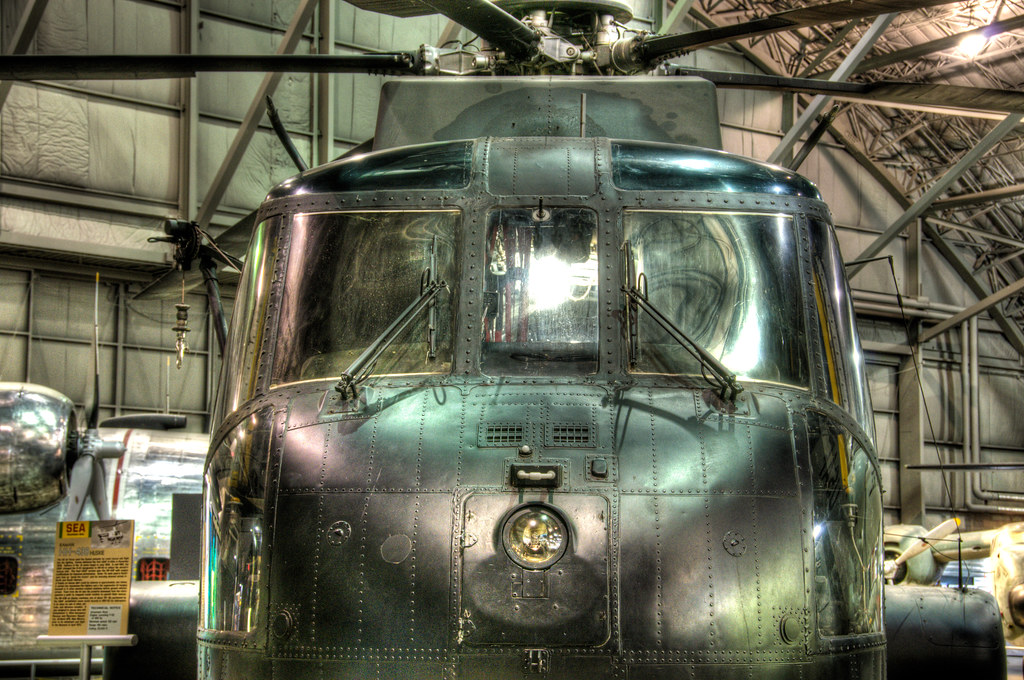
Sikorsky YH-5A: During its service life, the H-5 was used for utility, rescue, and mercy missions throughout the world, including flights during Operation Highjump in the Antarctic. While the extra power of the H-5 made it significantly more useful than its R-4 and R-6 cousins, the H-5 suffered, like most early small tandem-seat single-rotor machines, from center of gravity problems. As a matter of routine, pilots the helicopter with two iron-bar weights - each in a canvas case - one of 25 lb (11 kg) & one of 50 lb (23 kg). Flying with no passengers - both weights went forward alongside the pilot. With three passengers, both weights normally went into the baggage compartment. However, in conditions of high ambient temperatures, which reduced lift, all weights were jettisoned. If the weights could not be recovered later, pilots on future missions were forced to utilize rocks or other improvised weight next to the pilot after offloading three passengers, or else travel at a very slow 25 knots (46 km/h; 29 mph). The H-5 gained its greatest fame, during the Korean War when it was called upon repeatedly to rescue United Nations' pilots shot down behind enemy lines and to evacuate wounded personnel from frontline areas, before being replaced in most roles by the H-19 Chickasaw. In 1957, the last H-5 helicopters were retired from active U.S. military service.

Sikorsky UH-19B Chickasaw: The H-19 Chickasaw holds the distinction of being the US Army's first true transport helicopter and, as such, played an important role in the initial formulation of Army doctrine regarding air mobility and the battlefield employment of troop-carrying helicopters. The H-19 underwent live service tests in the hands of the 6th Transportation Company, during the Korean War beginning in 1951 as an unarmed transport helicopter. Undergoing tests such as medical evacuation, tactical control and front-line cargo support, the helicopter succeeded admirably in surpassing the capabilities of the H-5 Dragonfly which had been used throughout the Korean conflict by the Army.

Sikorsky CH-3E: The CH-3E is the U.S. Air Force's version of the Sikorsky S-61 "Sea King" amphibious transport helicopter developed for the U.S. Navy. A Sea King is used as one of the official helicopters of the President of the United States and is operated by the United States Marine Corps. It is known as Marine One when the president is actually aboard. The CH-3E on display -- known as Black Mariah -- is a veteran of the Southeast Asia War. In 1965 it was attached to the 20th Helicopter Squadron. Painted flat black (hence the nickname), it was used for highly classified special missions.

1 comment:
Hi great reading yoour blog
Post a Comment